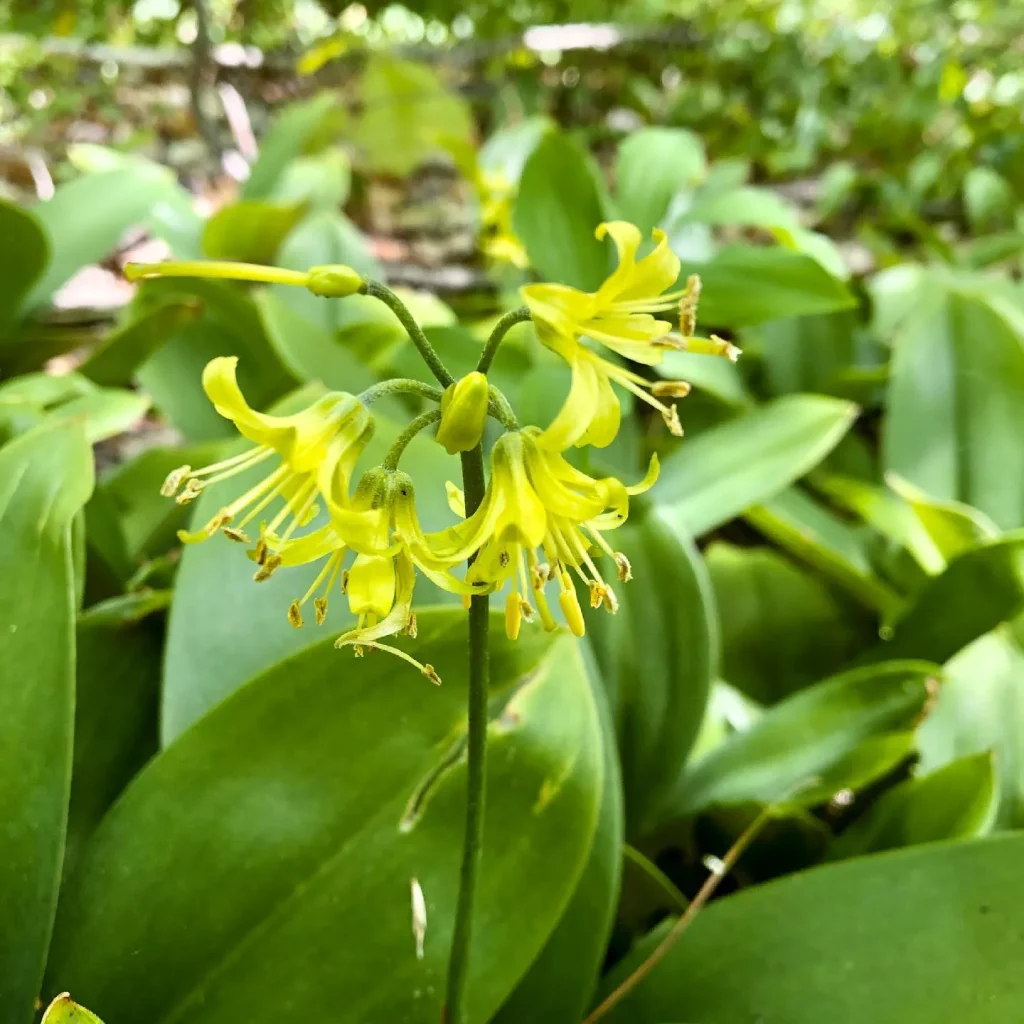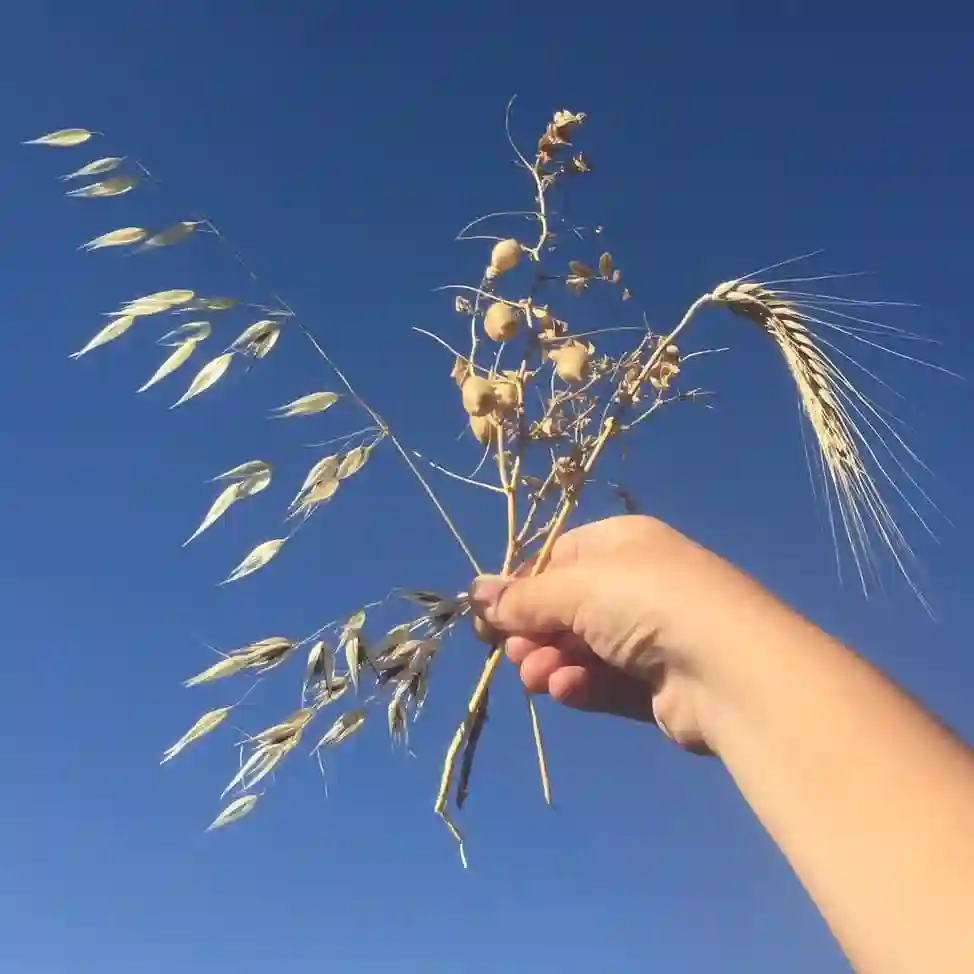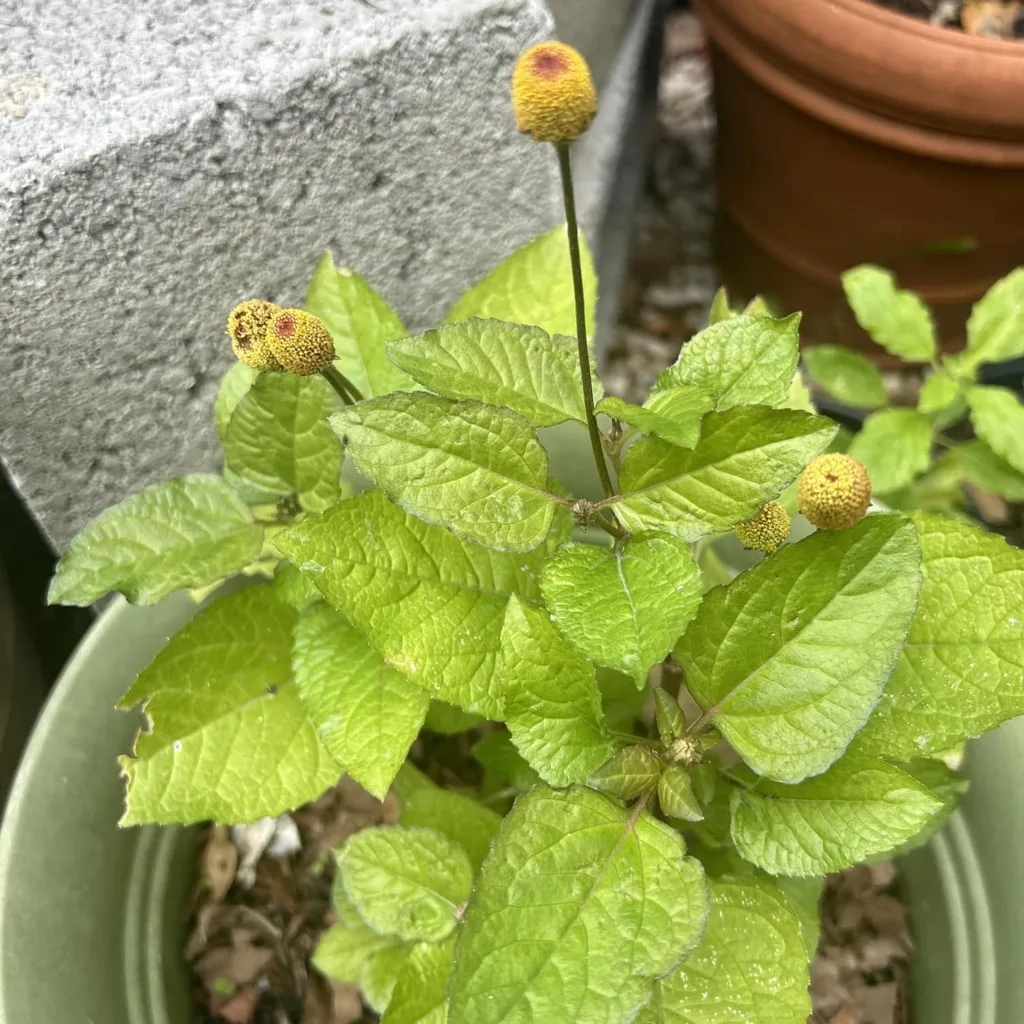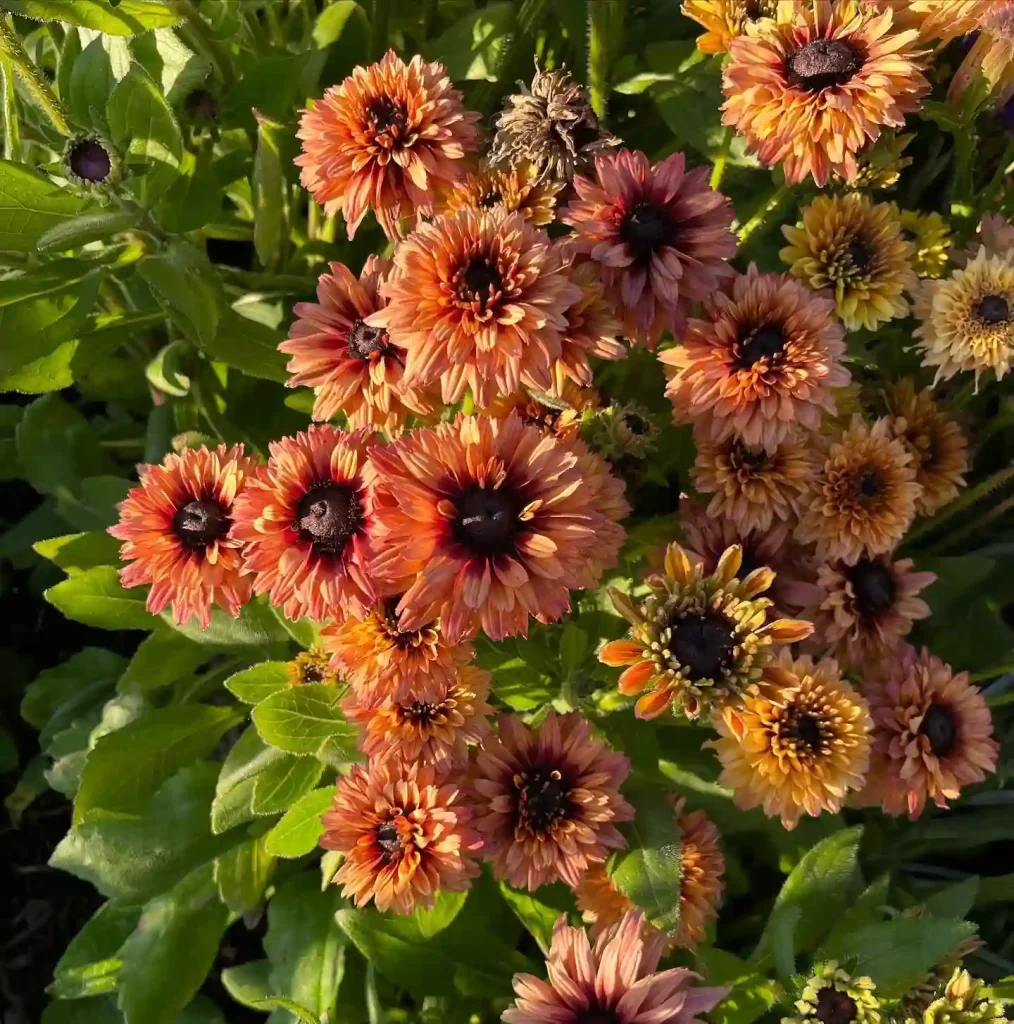Exploring the Microteaceae Family: A Deep Dive into Microtea
When it comes to the world of botany, few things intrigue me more than the unique families and genera that populate our planet. One family that has captured my interest is the Microteaceae, which is particularly known for its sole genus: Microtea. As I delve into the fascinating aspects of this family, I find myself amazed at how a single genus can embody such a rich tapestry of characteristics and ecological importance.
What is Microteaceae?
The Microteaceae family is relatively obscure in the vast realm of plant taxonomy. Its defining genus, Microtea, is primarily found in tropical and subtropical regions, which makes its study particularly relevant to those interested in the ecology and biodiversity of these areas. The family itself is characterized by herbaceous plants, often with small, delicate flowers that might go unnoticed among more flamboyant flora. This understated beauty is one of the reasons why I find Microtea so compelling.
Microtea species
- Microtea bahiensis Marchior. & J.C.Siqueira
- Microtea celosioides (Spreng.) Moq. ex Sennikov & Sukhor.
- Microtea debilis Sw.
- Microtea glochidiata Moq.
- Microtea maypurensis (Kunth) G.Don
- Microtea papillosa Marchior. & J.C.Siqueira
- Microtea portoricensis Urb.
- Microtea scabrida Urb.
- Microtea sulcicaulis Chodat
- Microtea tenuifolia Moq.
The Characteristics of Microtea
One of the most fascinating aspects of Microtea is its unique morphological traits. The plants typically exhibit slender stems and small, often inconspicuous flowers. The leaves are usually simple and alternate, which contributes to the overall elegance of the plant. As I observe these features, I can’t help but appreciate how they adapt to their environment. Many species within this genus are known for their ability to thrive in a variety of conditions, showcasing resilience that I admire.
The reproductive structures of Microtea also pique my interest. The flowers, although small, possess a complex structure that facilitates pollination. They are often visited by various insects, which highlights the role these plants play in supporting local ecosystems. In my garden, I’ve seen how attracting pollinators can enhance biodiversity, and I can imagine how Microtea contributes to this dynamic in its native habitats.
Habitat and Distribution
The distribution of Microtea spans several continents, primarily focusing on tropical and subtropical regions. This genus thrives in diverse habitats, ranging from wetlands to disturbed areas. It often flourishes in conditions that may not support more demanding species, demonstrating its ecological adaptability.
I’ve always found it fascinating to learn how certain plants can take advantage of specific environmental niches. For example, I recall a visit to a tropical wetlands area where Microtea was thriving amidst a sea of more prominent flora. Observing its growth patterns made me appreciate the intricate balance of ecosystems and the importance of every plant, no matter how small.
Ecological Importance
The ecological importance of Microtea cannot be overstated. These plants contribute to soil stability and provide habitat for various organisms. They often serve as a food source for herbivores, thus playing a crucial role in the food web. I’ve come to realize that even the most seemingly inconspicuous plants, like those in the Microteaceae family, have far-reaching impacts on their ecosystems.
Additionally, the role of Microtea in traditional medicine is worth mentioning. In some cultures, various parts of these plants have been used for their purported medicinal properties. This intersection of botany and traditional practices is something I find particularly intriguing, as it underscores the deep connections humans have with the natural world.
Challenges Facing Microtea
Despite its resilience, Microtea faces challenges, primarily due to habitat destruction and climate change. As urbanization continues to encroach upon natural habitats, the delicate balance of ecosystems is disrupted. I often reflect on the importance of conservation efforts to protect not only Microtea but also the myriad of species that depend on these environments for survival.
Through my gardening and exploration, I’ve developed a deeper understanding of how even small plants like Microtea can influence larger ecological processes. This understanding compels me to advocate for the preservation of natural habitats and the protection of biodiversity.
Cultivation and Care
For those interested in cultivating Microtea, it is essential to understand its growing conditions. While these plants can adapt to various environments, they typically prefer well-drained soil and partial shade. As someone who enjoys gardening, I’ve found that mimicking their natural habitat can yield the best results. Providing adequate moisture while avoiding waterlogged conditions has proven crucial in my experience.
If you’re considering adding Microtea to your collection, I recommend starting with seeds or young plants from a reputable source. Observing their growth can be incredibly rewarding, as you witness the life cycle of a plant that plays such a unique role in its ecosystem.
Conclusion
The Microteaceae family, with its sole genus Microtea, offers a captivating glimpse into the world of lesser-known plants. As I explore its characteristics, ecological importance, and challenges, I am reminded of the intricate connections within our ecosystems. Whether you are a seasoned botanist or a casual plant enthusiast, I encourage you to learn more about this fascinating family. There is much to discover in the subtle beauty and ecological significance of Microtea, and I am excited to continue my journey in understanding these remarkable plants.
If i die, water my plants!



